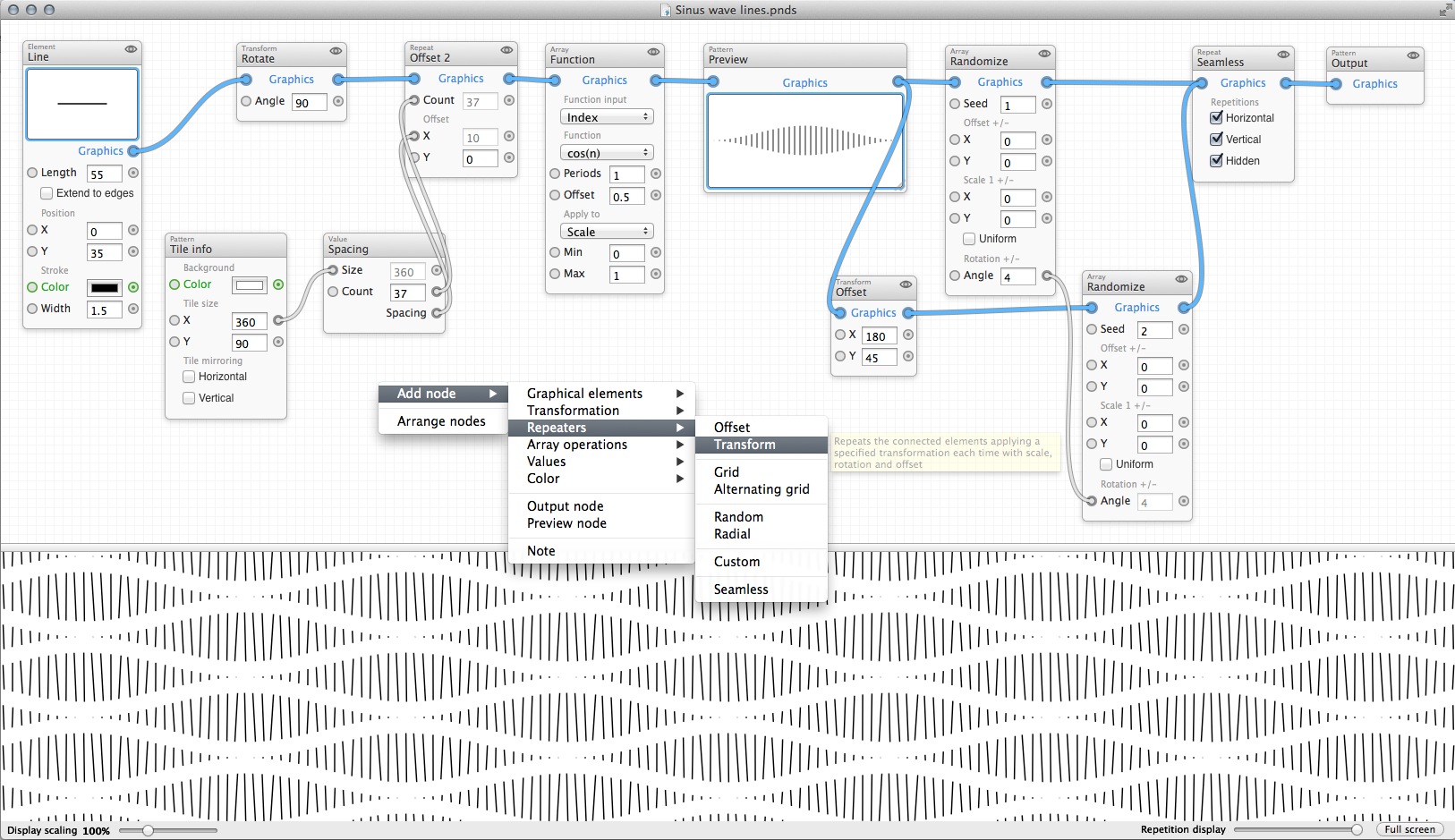

The following is a "photographic" gallery of fractal patterns found while exploring the planet with Google Earth. Each is provided with a KMZ file so the reader can explore the region for themselves. Readers are encouraged to submit their own discoveries for inclusion, credits will be included. Besides being examples of self similar fractals, they are often very beautiful structures ... not an uncommon characteristic of fractal geometry.
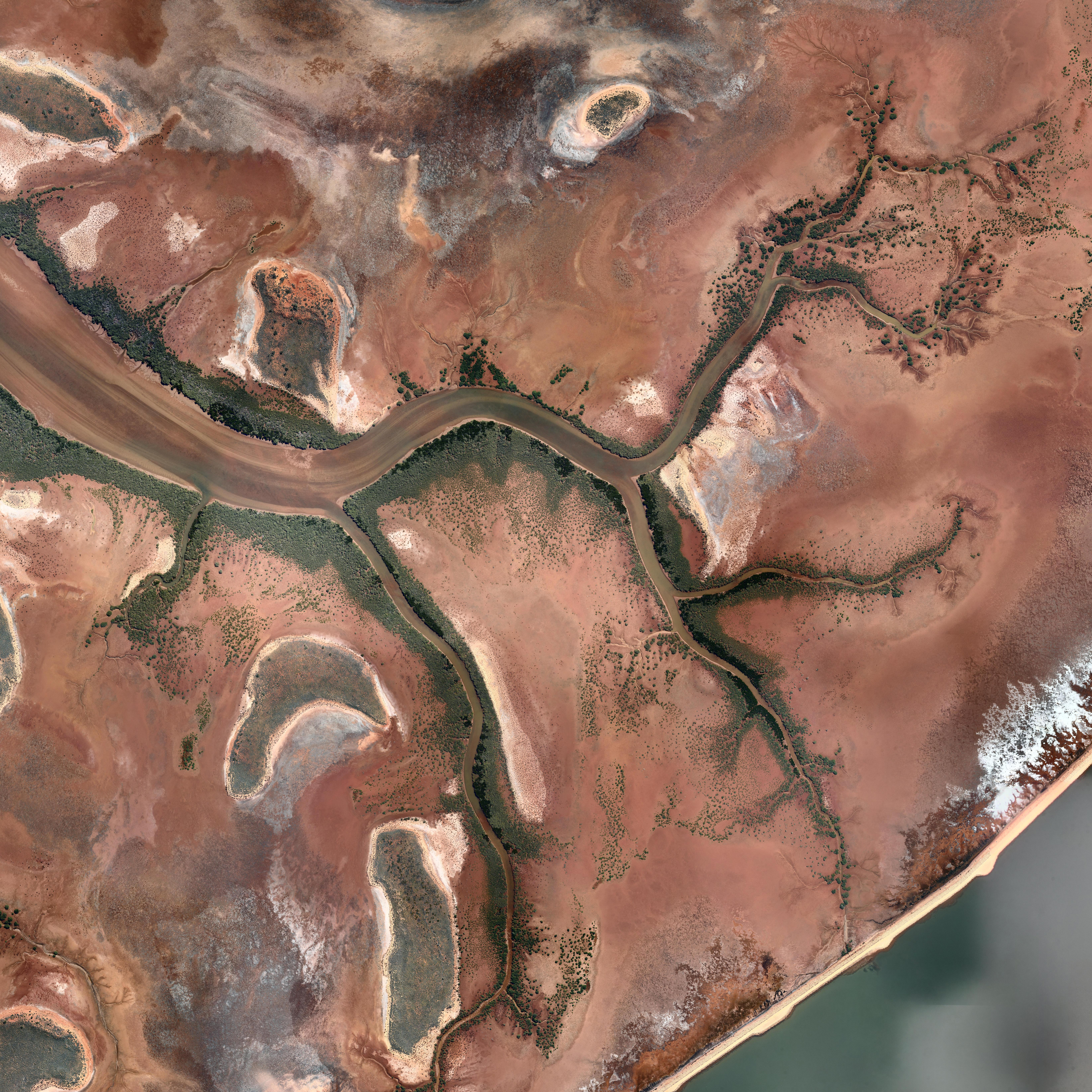
Self Similarity
Fractals are usually associated with self similarity across scales. For pure/idealised mathematical fractals the self similarity may be across an infinite range of scales, such as the Sierpinski Gasket. In real life and in nature the self similarity is only across a range of scales. Branching structures, such as most of the examples shown here, are classic examples of self similarity across 2, 3 or 4 scales. As with many plants, a thick branch (trunk) branches into one or more smaller branches, which in turn split into one or more smaller branches, and so on. The structure is similar at each scale, from the twigs to the main tree trunk.
An example of this for a river system is illustrated below, clicking on an image will give the high resolution version of the image without the markings. For the image on the right the pixel size is 30cm, the image on the right has a pixel size of 7.5cm. At each scale the branching structures are similar in appearance.
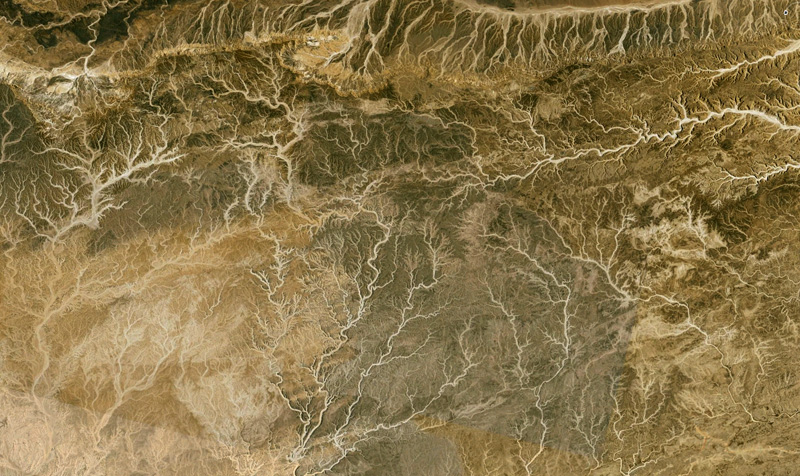
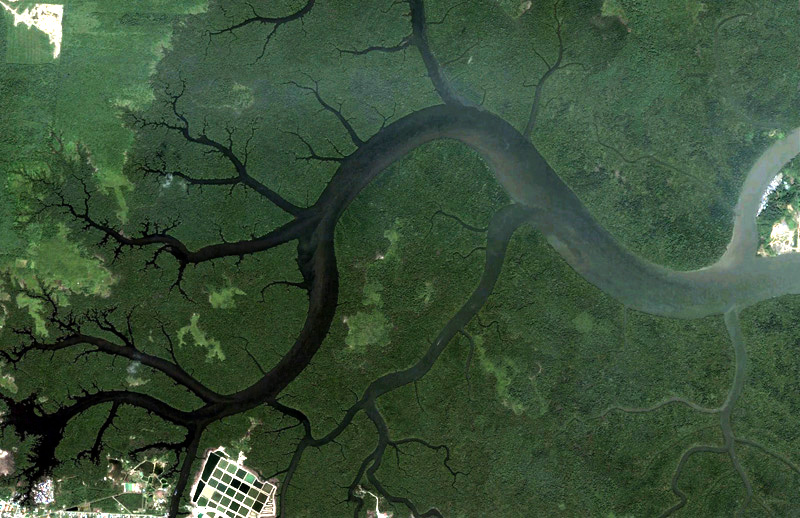
Albert-Charles-Auguste Racinet (1825–1893), himself an accomplished artist, is best known today for publishing two major pictorial works on the history of design — Le costume historique and L’Ornement polychrome — while engraver and artistic director at the Parisian publisher Firmin Didot et Cie. Published in ten instalments between 1869 and 1873, the first iteration of L’Ornement polychrome (Colour ornament) is a visual record in 100 plates of the decorative arts from antiquity to the eighteenth century. The work was such a huge success that in 1885–7 Racinet brought out a second series, this time of 120 plates, and updated to include designs of the nineteenth century as well. The imagery presented in both series is drawn from a wide array of various mediums, including woodwork, metalwork, architecture, textiles, painting, and pottery, and from cultures all over the world.
Although based on past masterpieces of design, the fantastic reproductions in L’Ornement polychrome, carried out by a number of skilled commercial artists of the day, can be considered works of art in their own right. Indeed, for Racinet, the purpose of such a compilation of past design excellence was not only to celebrate the masters of the past but also to inspire an improvement of decorative arts in his own day and age.
The images featured here come from an excellent set of scans by RawPixel from their own 1888 edition of the first series. You can also leaf through the work in book form (again the first series) over at the New York Public Library.
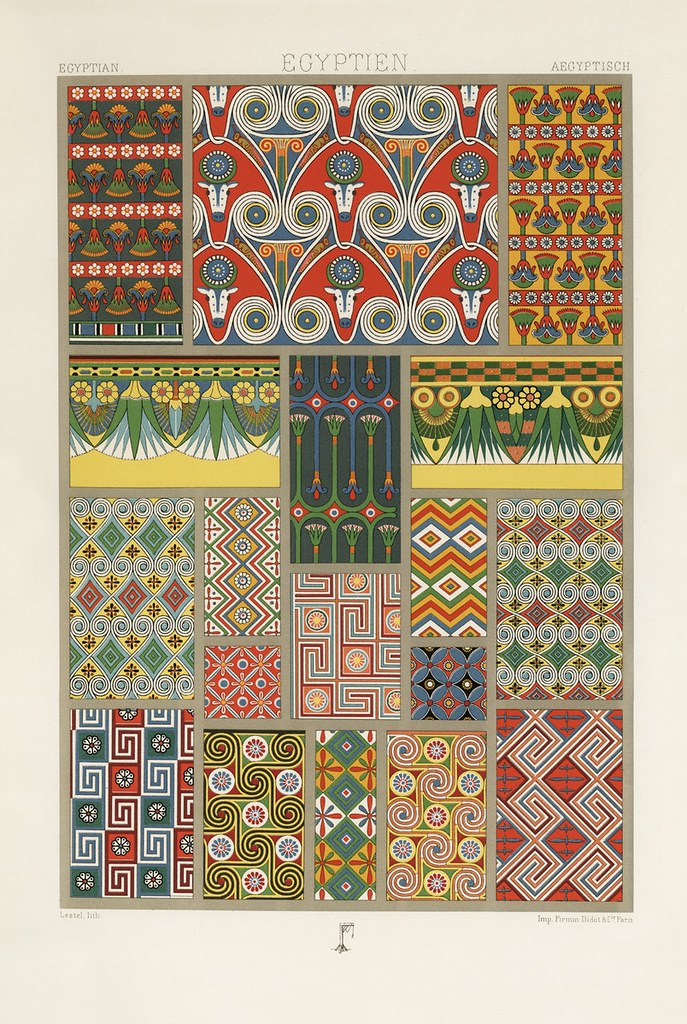
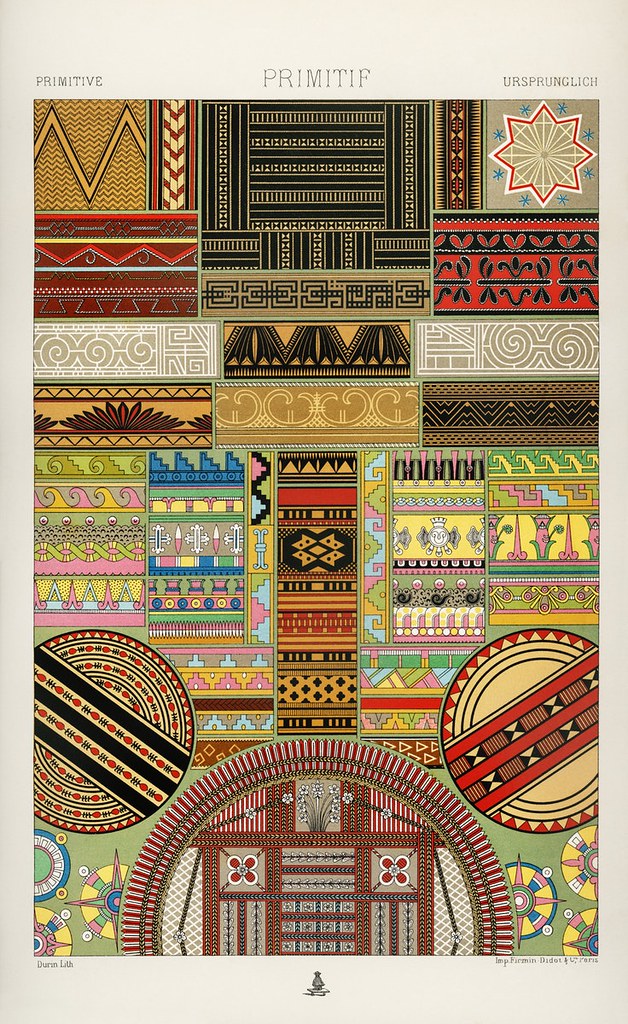
Seashells are beautiful objects that are admired for both their intricate shapes and the patterns on their surfaces. Despite their complexity these shapes are easily described using only elementary tools from geometry. Indeed a wide variety of natural shell shapes can be composed as surfaces in a 3-space and rendered using computer graphic imagery. Moreover, the pigmentation motifs that decorate many shells in the form of wavy stripes and checks as well as chaotic and tent designs can be generated by cellular automaton models, and in particular by the famous “Rule 30”.

PatterNodes is a procedural design to for creating graphical patterns, animations or illustrations based on repetitions. This is done by defining a sequence of steps that describes the design, using nodes and connections between them. PatterNodes is designed from the start to make it easy to tweak things to see how they turn out. Therefore the resulting design output is always shown in the bottom preview view, repeated for patterns and updating in real time with any changes, giving you instant feedback of what the end result will be.
While the software can be used to create many types of illustrations and animations it's primarily aimed at pattern creation. To make pattern creation easier PatterNodes also includes a lot of nodes that automatically perform common tedious tasks like repeating elements at the tile edges to make the pattern seamless, or randomizing different aspects (like color, position, rotation..) of the elements in a pattern to give it a little more life.
https://creativepro.com/review-patternodes/
https://www.behance.net/lostminds
